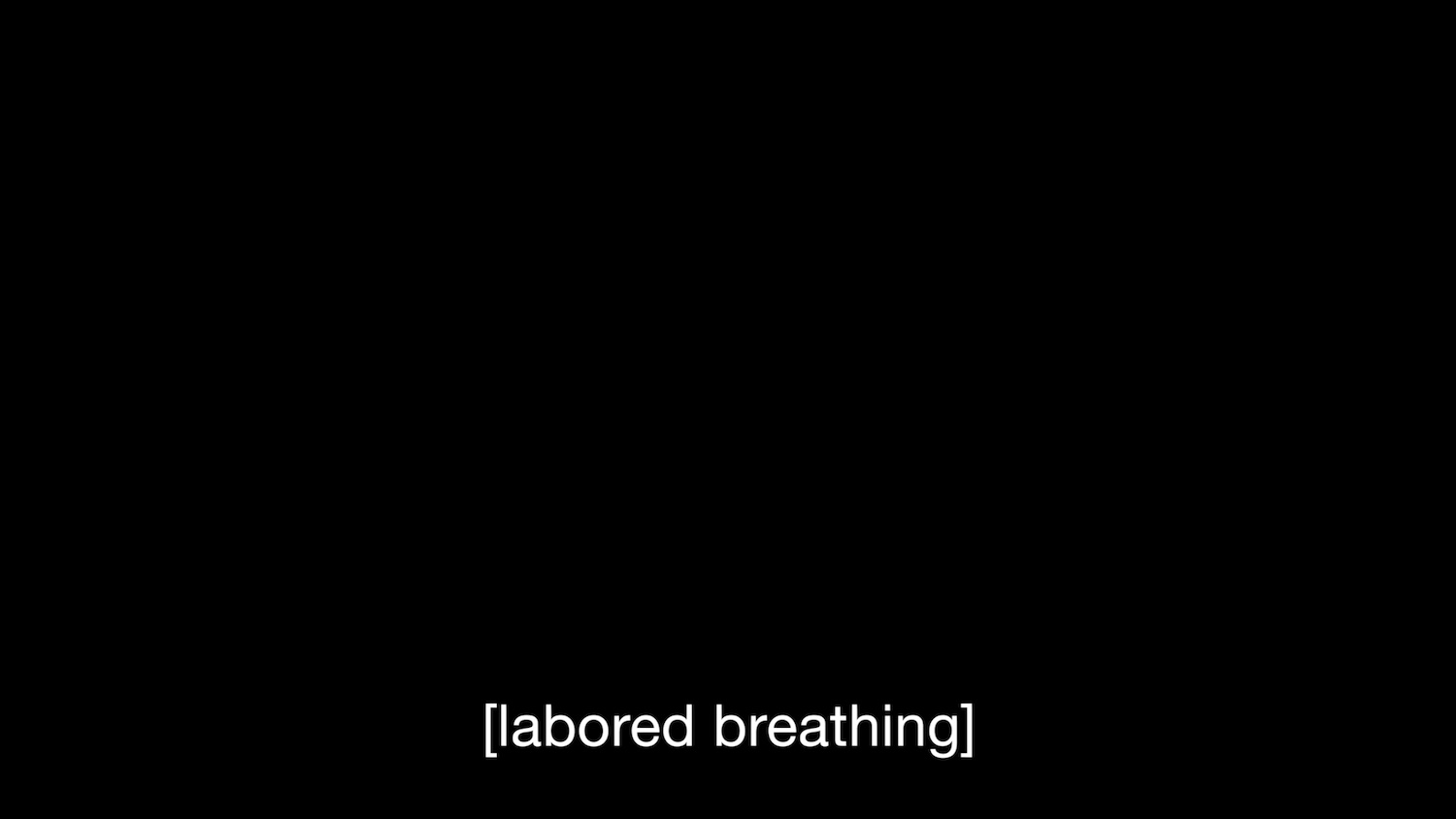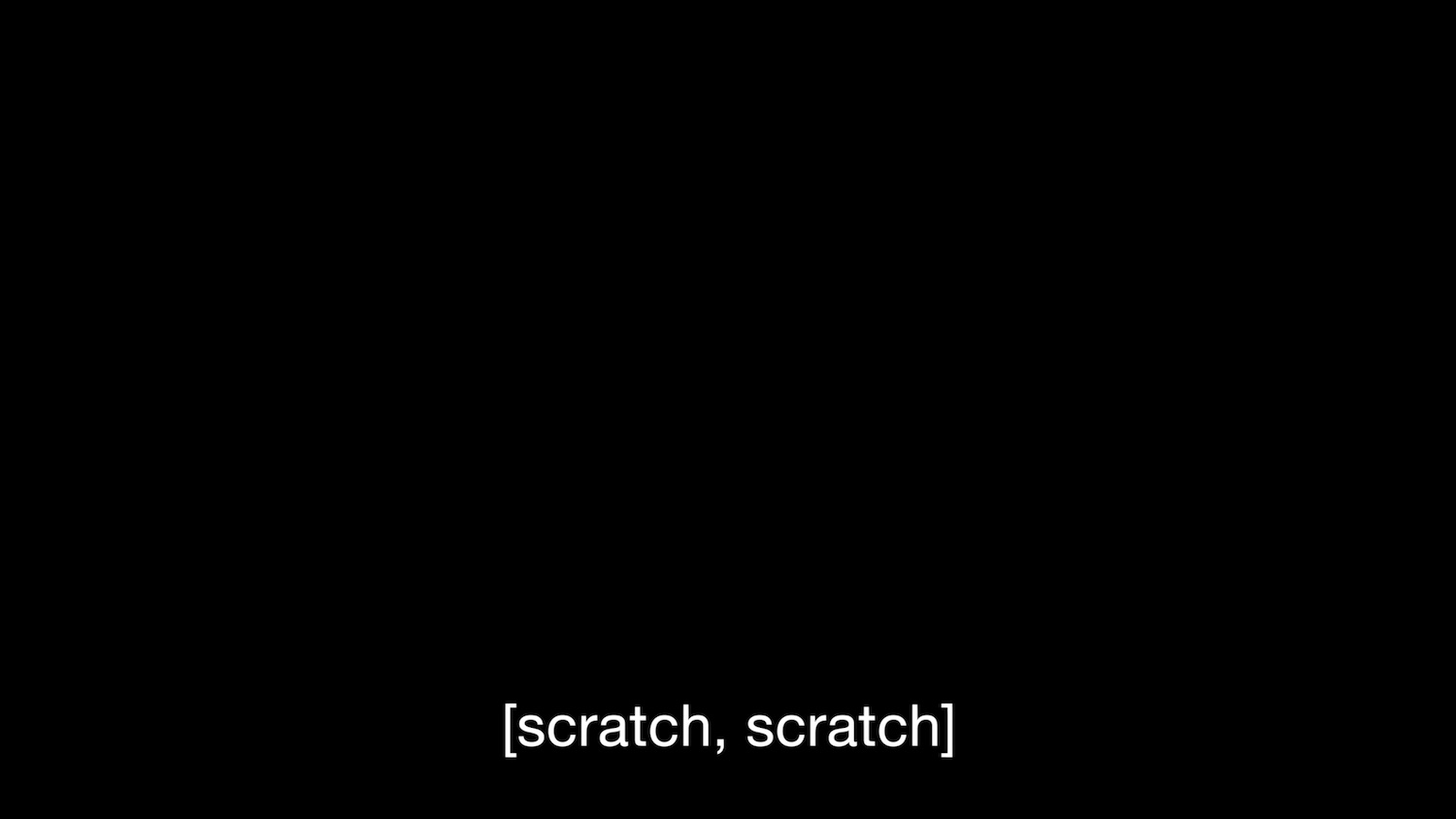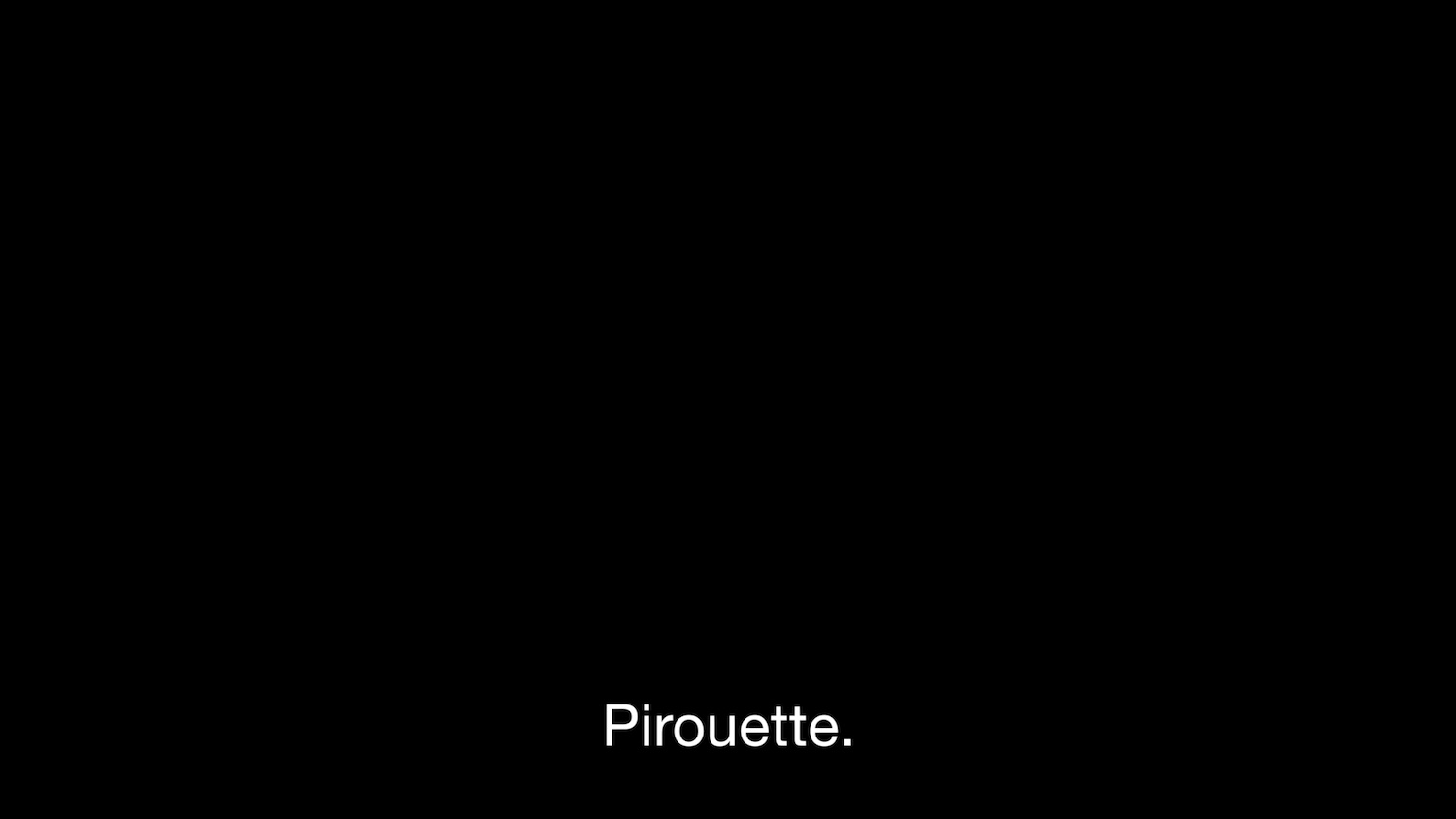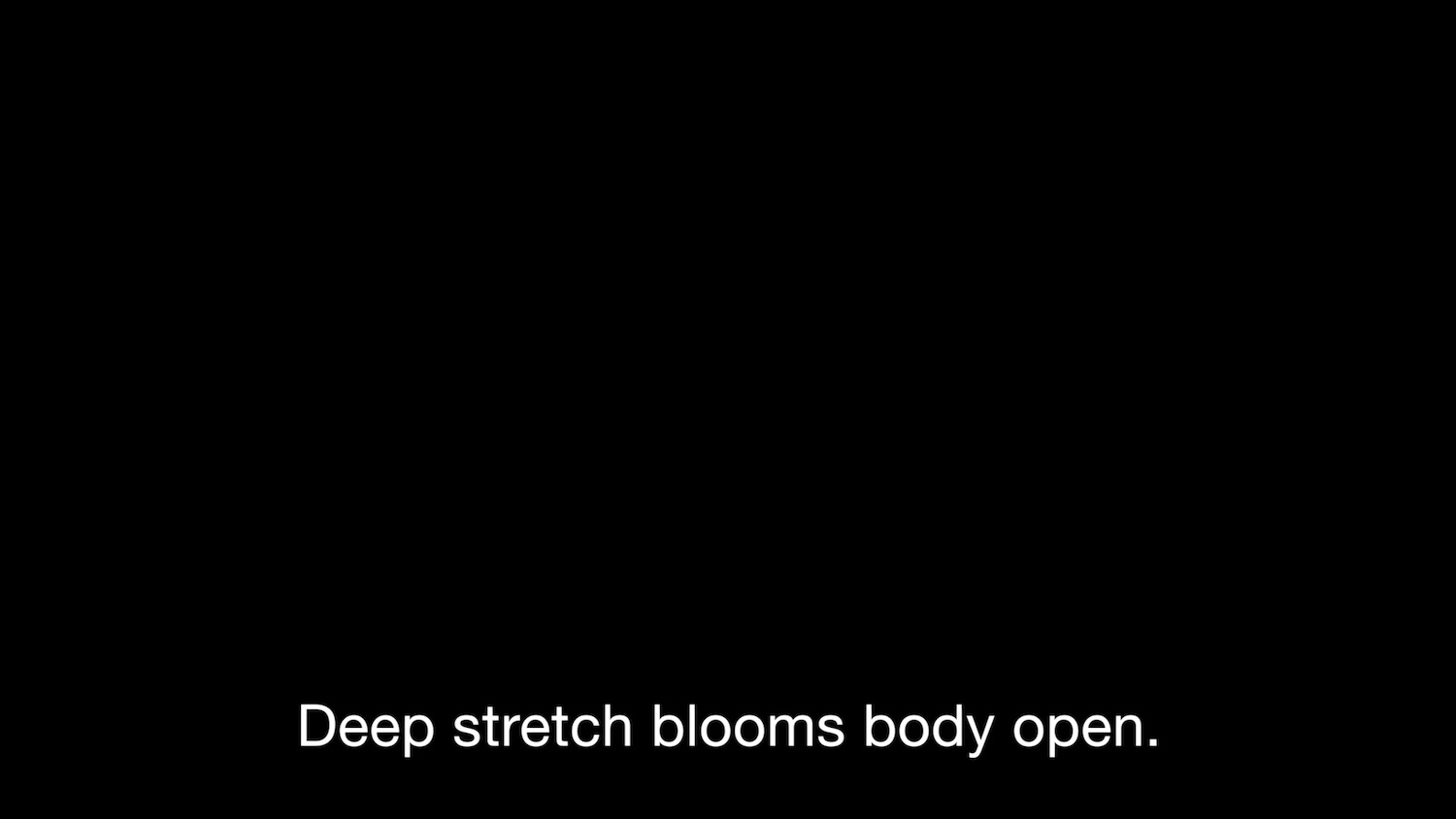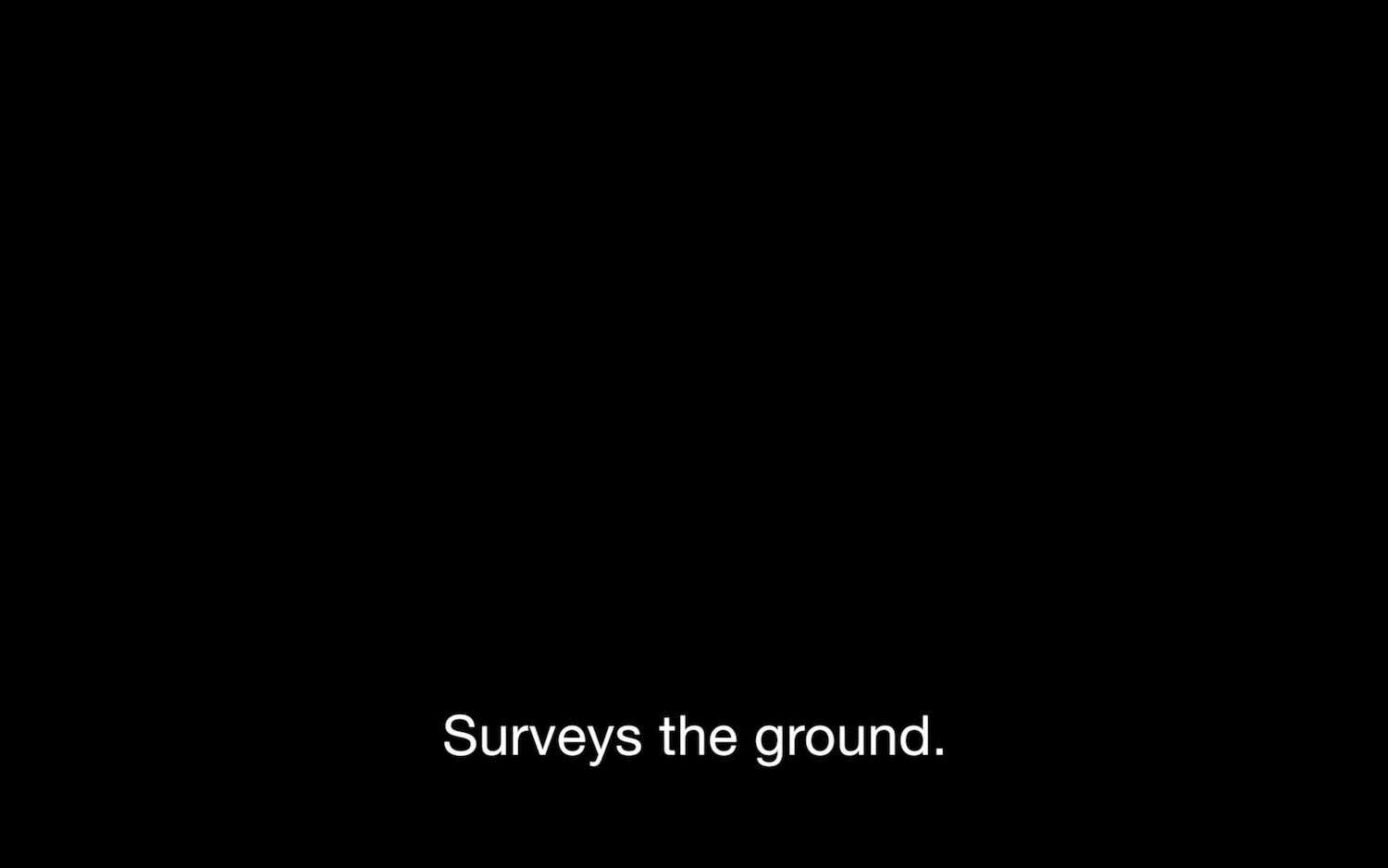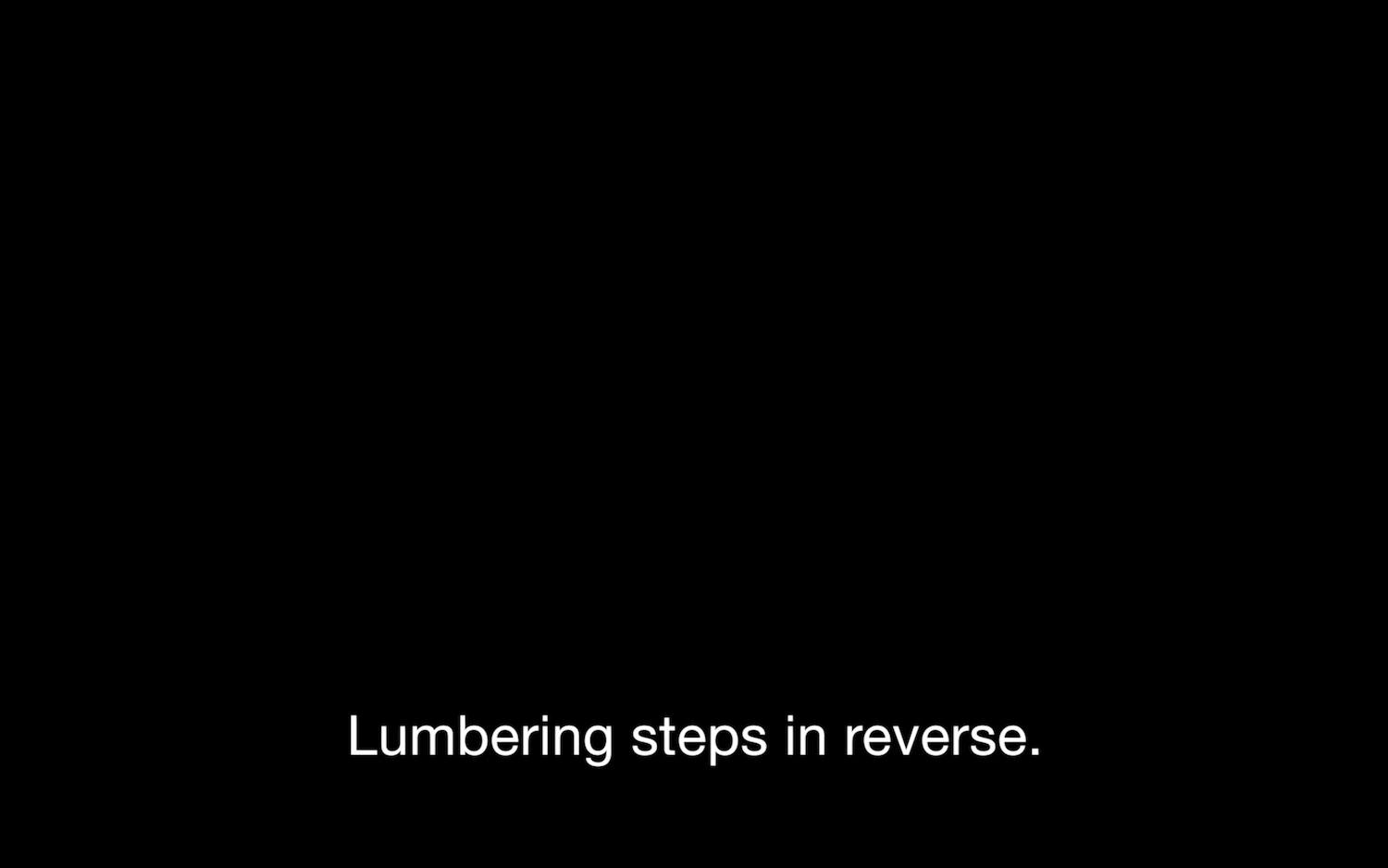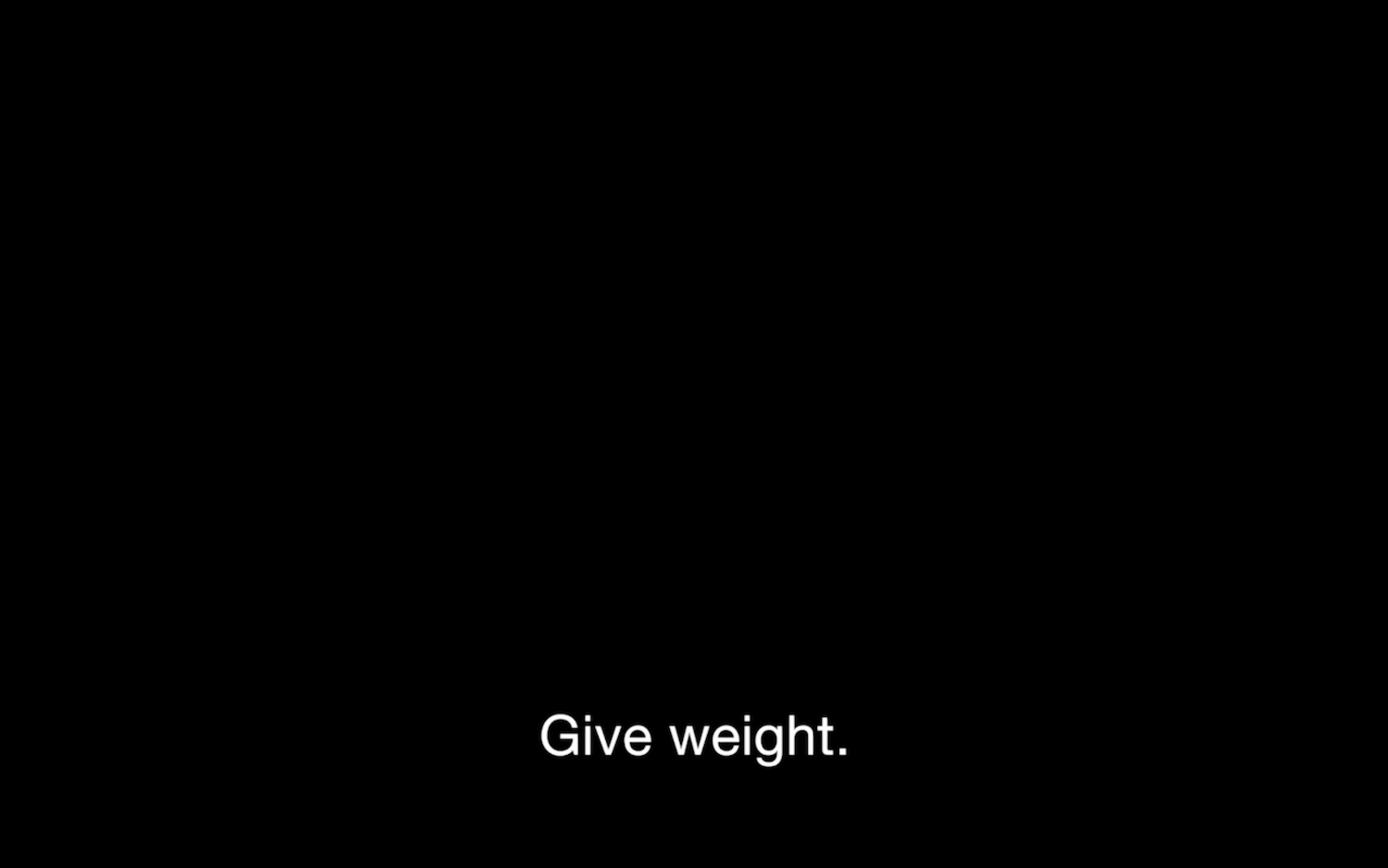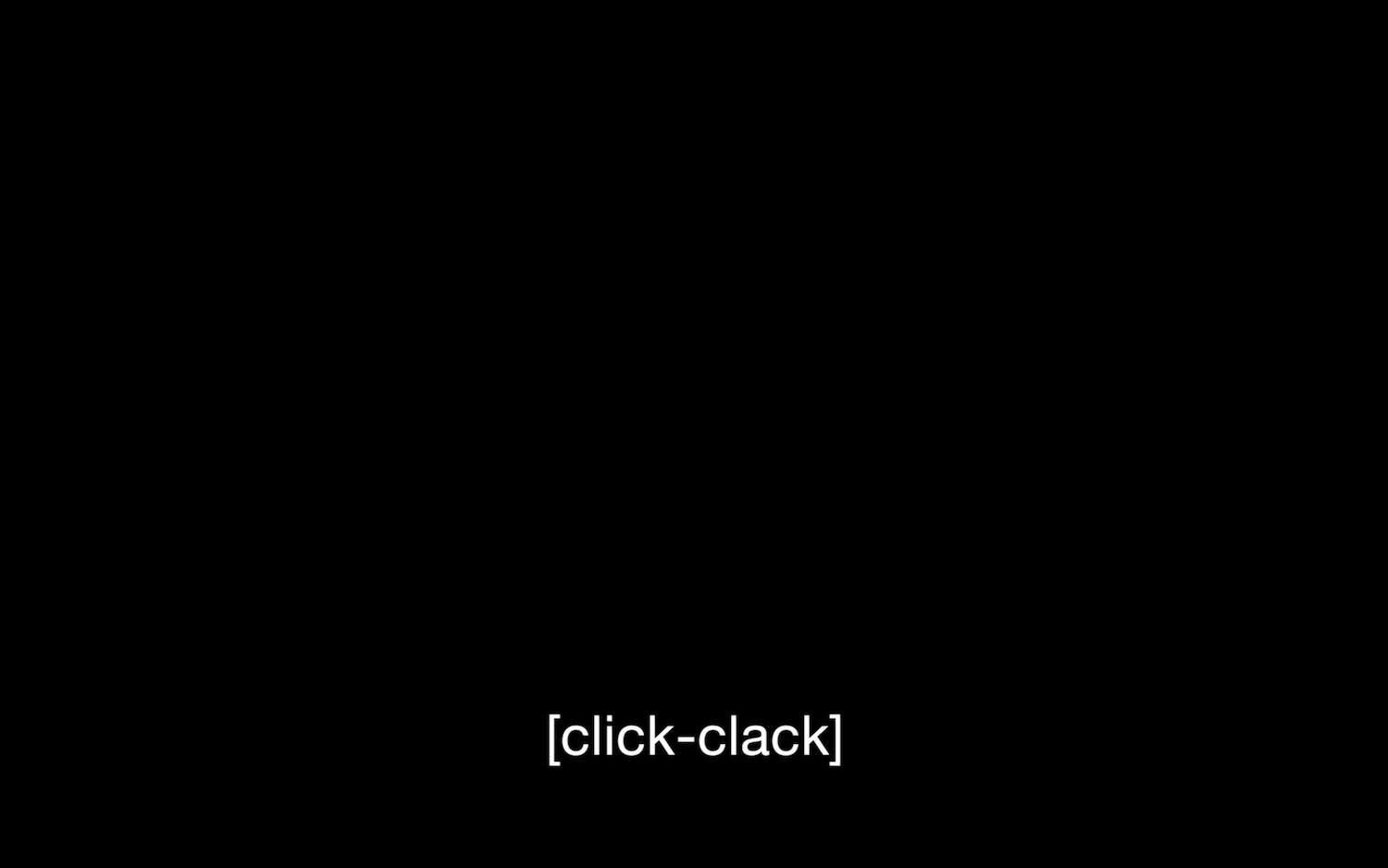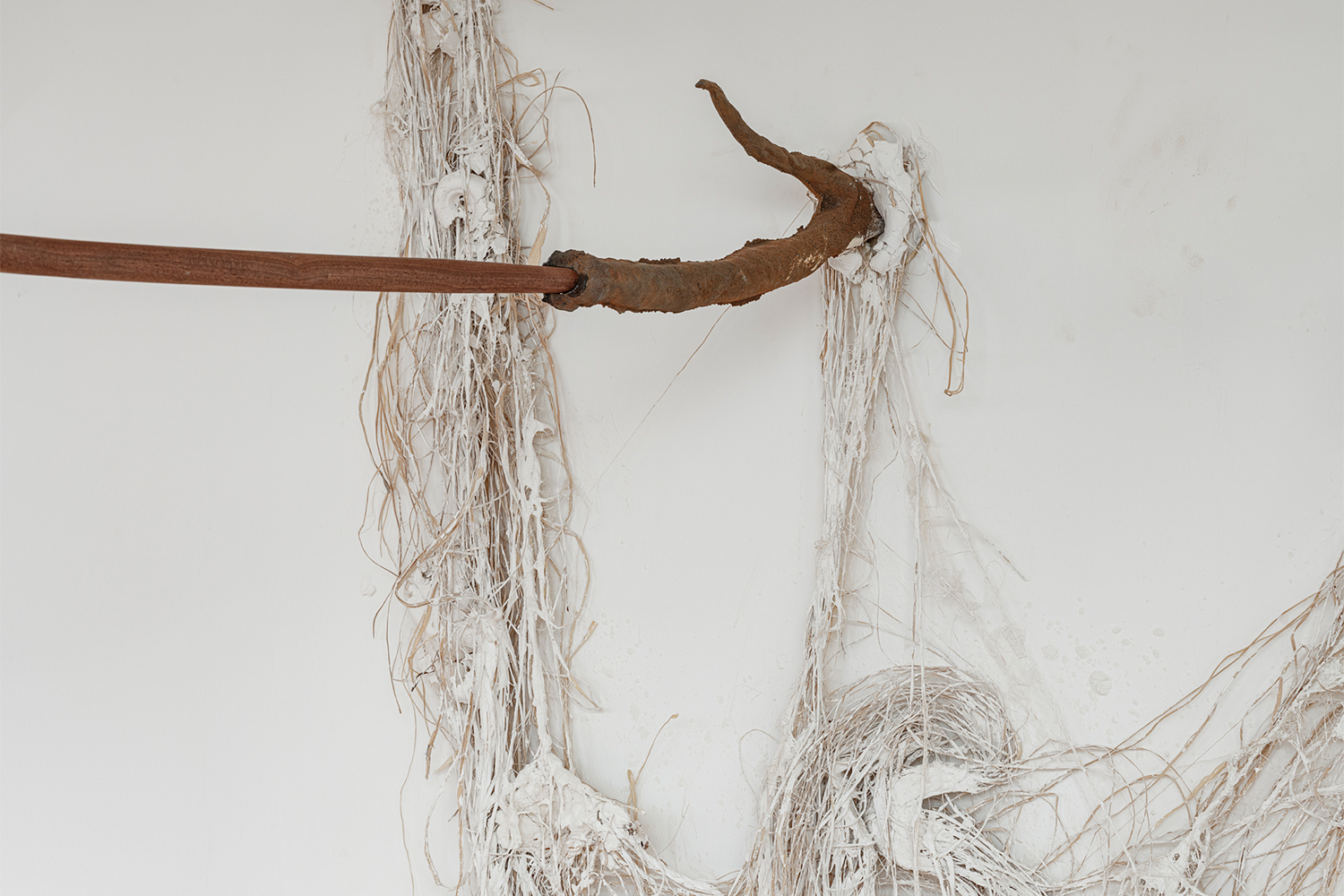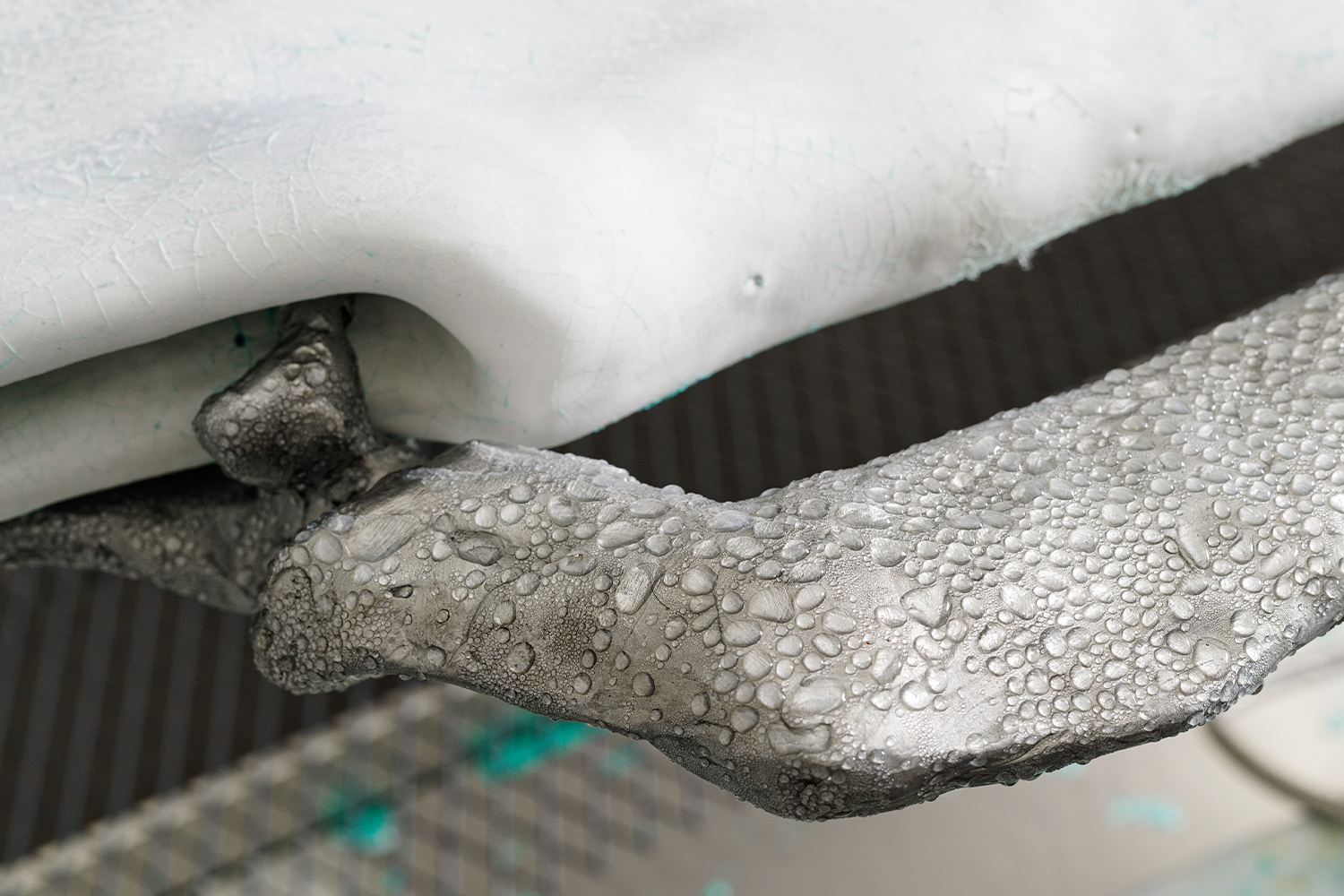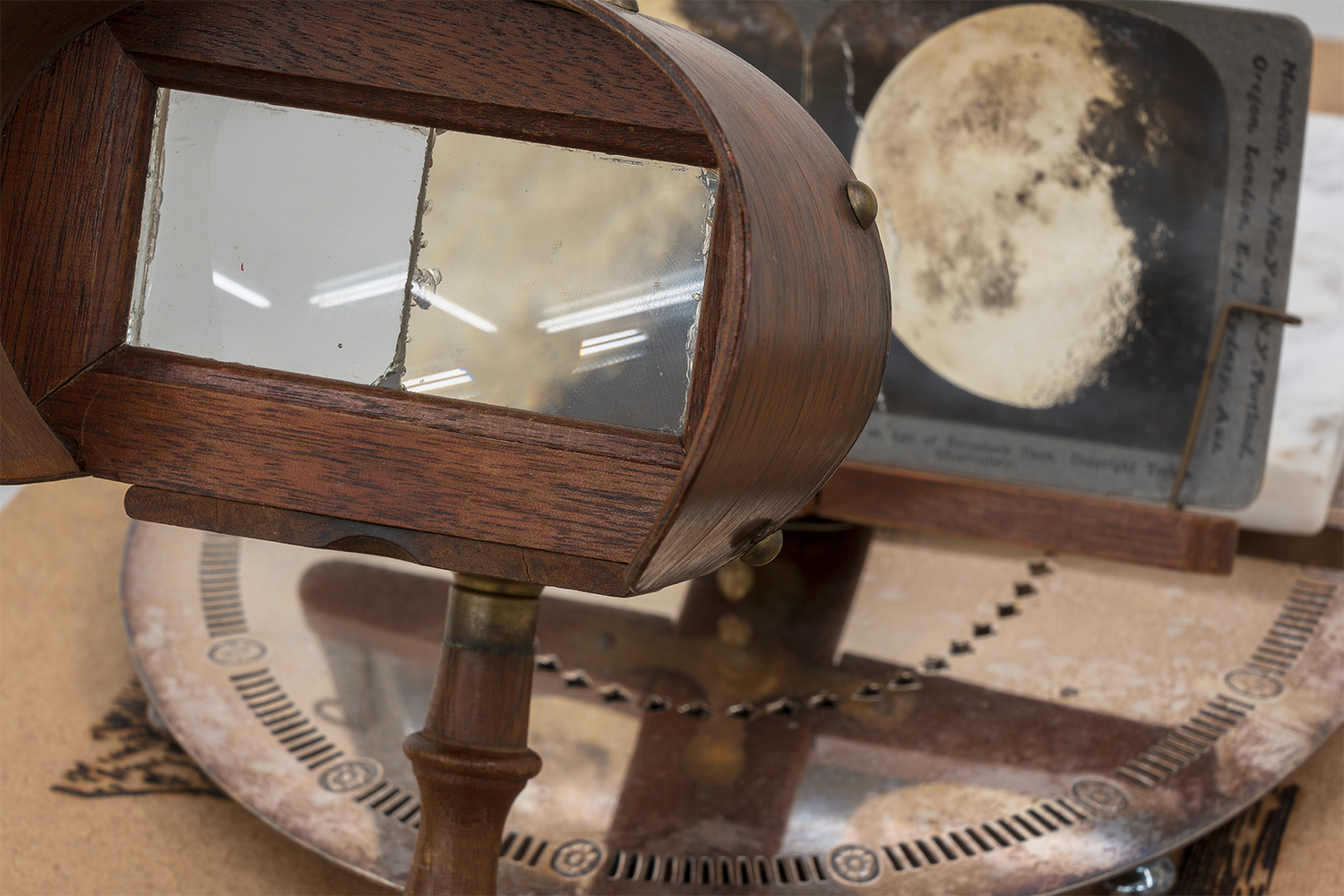How do we experience an artwork? For most readers, and for me, our eyes receive and process it, often in an interplay with text. This art is categorized as visual, and the encounter via sight is privileged by institutions. If we feel art in our bodies, it tends to be from the strain of looking — the backache after a large museum retrospective, the lack of support on a bench for a film screening, the fatigue under a sky of bright lights at an art fair. We are not taught to read our bodies for a reaction or response, nor for knowledge; the act of viewing is framed as separate from the body, an aesthetic, intellectual function of the brain that is divorced from the sensory.
Carolyn Lazard’s “Long Take” reorients the experience of performance, questioning the visual primacy of dance and returning it to the body. There are three screens, and there are benches (adapted as artworks to offer greater comfort and support than the standard institutional plank), but the darkness is the overwhelming visual sensation here. Leans, Reverses (2022), the main installation, itself leans between artwork and mediation, using audio description as both subject and material. To explain what is taking place on the screens — three texts, read out over and alongside one another — in another text, here, is unwieldy, deliberately so. Lazard’s work is conceptual, but not of the easy, straightforwardly symbolic variety. Leans, Reverses is meant to flood through the body, constituting a dance performance by Lazard’s friend Jerron Herman that we cannot see. Instead, we hear Herman’s foot scuffles, sweeps and stomps, and intakes and exhalations of breath. We hear the ground he dances on creak and thud. We also hear Lazard read the dance score — “start slow,” “give weight,” “adjust speed” — that Herman is enacting, which in turn is then audio described back for us. The instruction “unravel” might become several exhales, a slap, a peel, described back as “quickening pace, darts with suspicion” or “pace bursts to jeté, extends to spiraling arm.”
Lazard is unperturbed by incorporating technical dance language or pop cultural specificities into their audio description. This, and its poetics (made in collaboration with poet and artist Joselia Rebekah Hughes), transcend its role as mere description. Museums and institutions — particularly in the UK — in their gestures of correctness, are usually afraid to inflict specialist terms without unpacking them for audiences, fearful to alienate (or to be perceived to alienate). Lazard’s “pas de bourrée” and “Mary J. Blige two-step” refuse to flatten language in the name of accessibility. They commit to invoking hip-hop choreography and ballet and yoga terms and metaphor, and to not unravelling these in the name of institutional self-protection. And in doing so, they place a level of trust in us as the audience that is rarely afforded in galleries where we are so spoon-fed by text and by someone else’s idea of how we are supposed to experience artwork.
“Long Take,” comprising Leans, Reverses — whose sound moves through this jagged gallery and seems to hover in its corners — as well as the adapted benches and vinyl floor mats, uses these design features to further disarm preconceived gallery behavior. The flooring resists and softens our steps, and will over time retain imprints of pushchairs and assistive devices. The first steps in the darkness feel heavy at first, but as my eyes adjust, I feel held in the space. Lazard’s texts oscillate between instruction and interpretation, dissolving authority through the centering of the dancer’s breath. The lyricism makes the dance easier to picture than so-called straightforward description would — providing rhythm yet also offering emotion. The artwork and its space extend care in this way, without co-opting it as institutions tend to do. In listening, we can begin to question what gets lost between an artwork and its description — and what are we guilty of leaving out.

